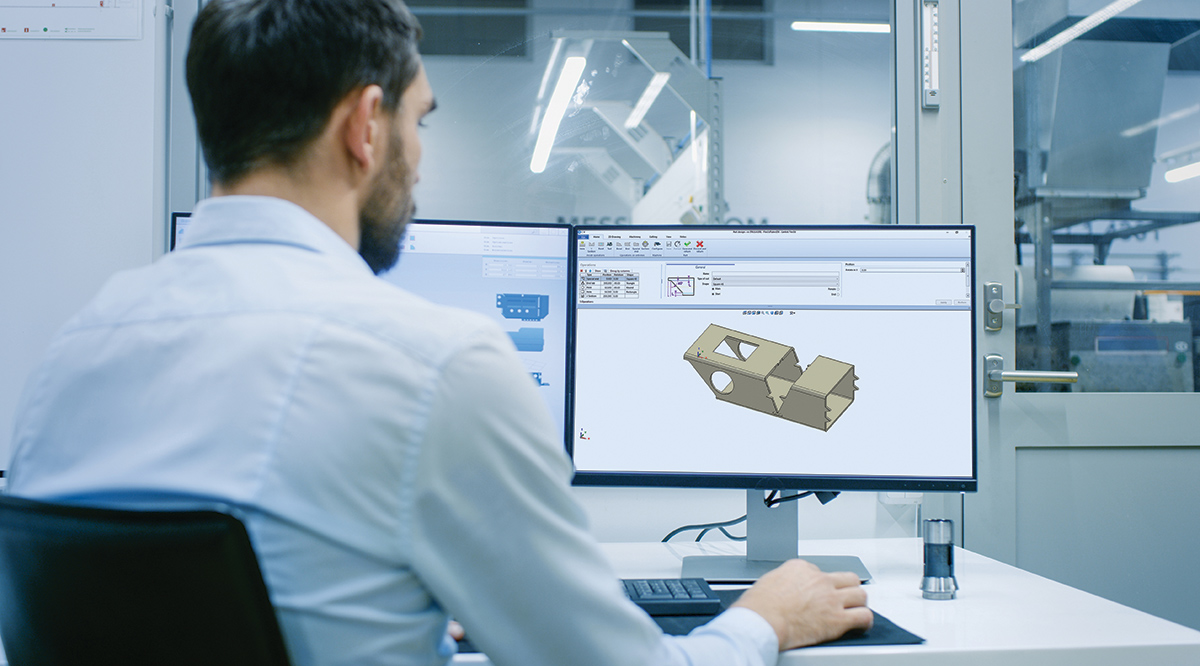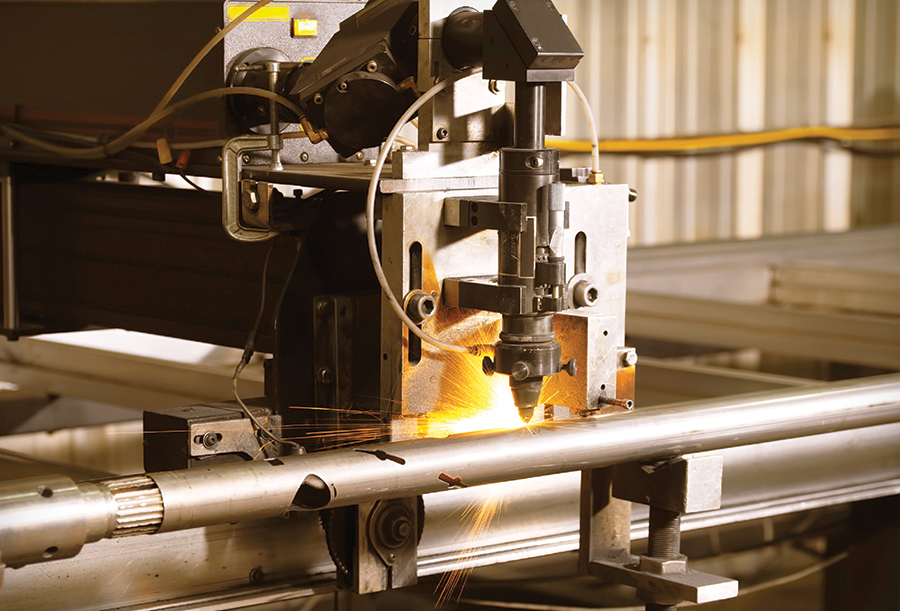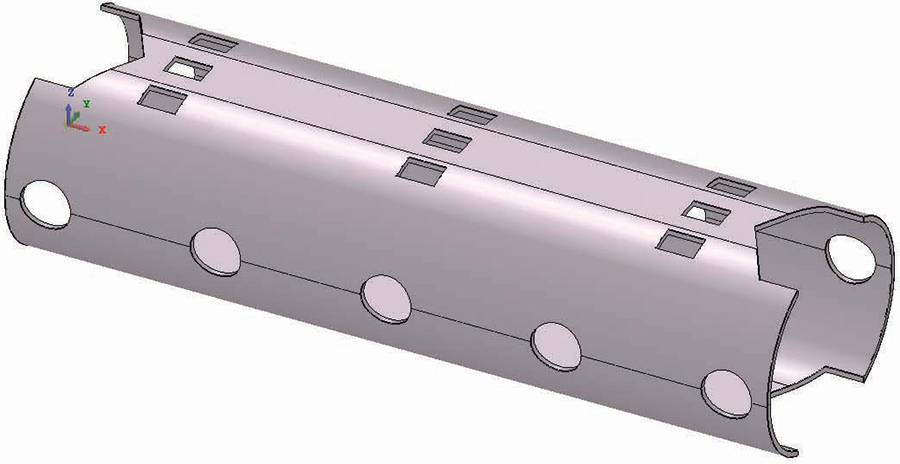
reating complex tube profiles poses challenges for even the most experienced machinist. Machine structure and capabilities, customer specifications and the ability to cut different types of materials are all considerations when machining complete or partial bevels in a tube. A software program dedicated to tube cutting applications helps operators gain control and produce complex tube profiles quickly and efficiently.
 shops can now opt for tube cutting machines that allow them to offer more services.
shops can now opt for tube cutting machines that allow them to offer more services. 
“Small shops can now opt for tube cutting machines that allow them to offer more services to customers,” says Victor Muñoz de la Parte, project manager at Lantek Systems. “But this means they need to be very flexible when programming parts. They are not producing the same parts over and over, so they need a software program that’s super flexible in helping them to import, nest and cut the components.”
Developing a software program geared toward the needs of tube and pipe manufacturers required quite a bit of research, even for a company with many years of experience in systems for metal cutting, punching and bending machines. The idea was to create a module that accommodated 3D models but wasn’t reliant on flat-bed laser cutters. According to Chakraborty, flat-bed laser cutters do not “see” the pipe or tube as an integral part, which leads to differences between the design parameters and cut parameters that ultimately result in inaccurate cuts because information is lost in translation. A software system that is built for tube and pipe applications is capable of inherently maintaining design and cut parameters during the entire operation.
In situations with highly variable manufacturing requirements, the dedicated software intuitively reads the entire application based on parameters entered by the operator. Using the software’s Toolpath Smart Designer (TSD) machining and designing tool, the programmer is able to create different machining methods for shape tubes and profiles as well as typical profiles. TSD works from an imported 3D design file, such as SolidWorks, Solid Edge or STEP files, or the programmer can design a tube profile.


The operator can also program complete or partial chamfers/welding preparation on either end of the tube and create any type of contour either projected through one or both faces at any point on the tube at any angle. Further, cutting order and sense can be modified on the fly. Different faces can be cut in a special sequence—and holes are no problem. Predefined machining strategies can be applied to all holes based on their position in the profile. The operator can nest multiple profiles and multiple parts from the same tube stock.
For example, in an automotive application, one tube might have a component for a silencer, a component for exhaust, a component for something else and they all have the same diameter or cross-section. These can be all merged or nested in the same tube stock and cut together. Data can be monitored and modified at any time in the system’s operations tree.
“It gives the power to the end user to define the way they’d like to cut each section profile,” says Muñoz de la Parte. “Before TSD, we’d cut a C-channel in three stages: one stage for the left flap, another for the right flap and another for the main flap. If we were cutting a U-shape, we’d cut one side, then the other and then the base in separate ways. With TSD, we can now design how we would like this part to be cut.”
The part can be cut continuously from the left flap all the way through the base flap, finishing in the right flap in one operation eliminating the need to rotate the part from the x- to y- to z-axis to cut part segments.
Muñoz de la Parte notes that TSD has advanced the ability to cut large tubes for structural applications. Traditionally cut using structural profile, tube plasma and oxy-fuel machines, the ability to machine these heavy parts in one continuous motion provides designers and programmers with greater flexibility.
Flat plate cutting is also possible, which is important when attaching I-beams to plates in order to anchor two beams or channels together. In the past, tube cutting machines were mainly only able to process square or round tubes but can now handle C-channel, any other structural beam applications and even shape profiles, according to Muñoz de la Parte.
“When you import a 3D model, the first instinct for a flat-bed laser cutting software is to unfold the model. With a dedicated tube and pipe software module, you don’t need to unfold anything,” says Chakraborty. “Other software modules lack the 3D engine to run the whole tubing system requiring programmers to merge the file with a separate CAD system. The result is that the model is embedded in that software, you will not be able to open the tubes and all programming will be done inside that environment, restricting the operation to that CAD system. A stand-alone software program is not restricted at all.”
No matter what the size of the tube, a successful cut is dependent on the machinist’s ability to control the cutting operations.
Flexibility is crucial when cutting tube and pipe. Limitations in machinery or cutting capabilities can result in lost business with customers, many of whom are experiencing their own shifts in demand. The ability to program any type of job and efficiently track that job, whether it’s for a large lot of one type of tube or a small lot of different types of tubes, is critical to optimizing a shop’s cutting operation.